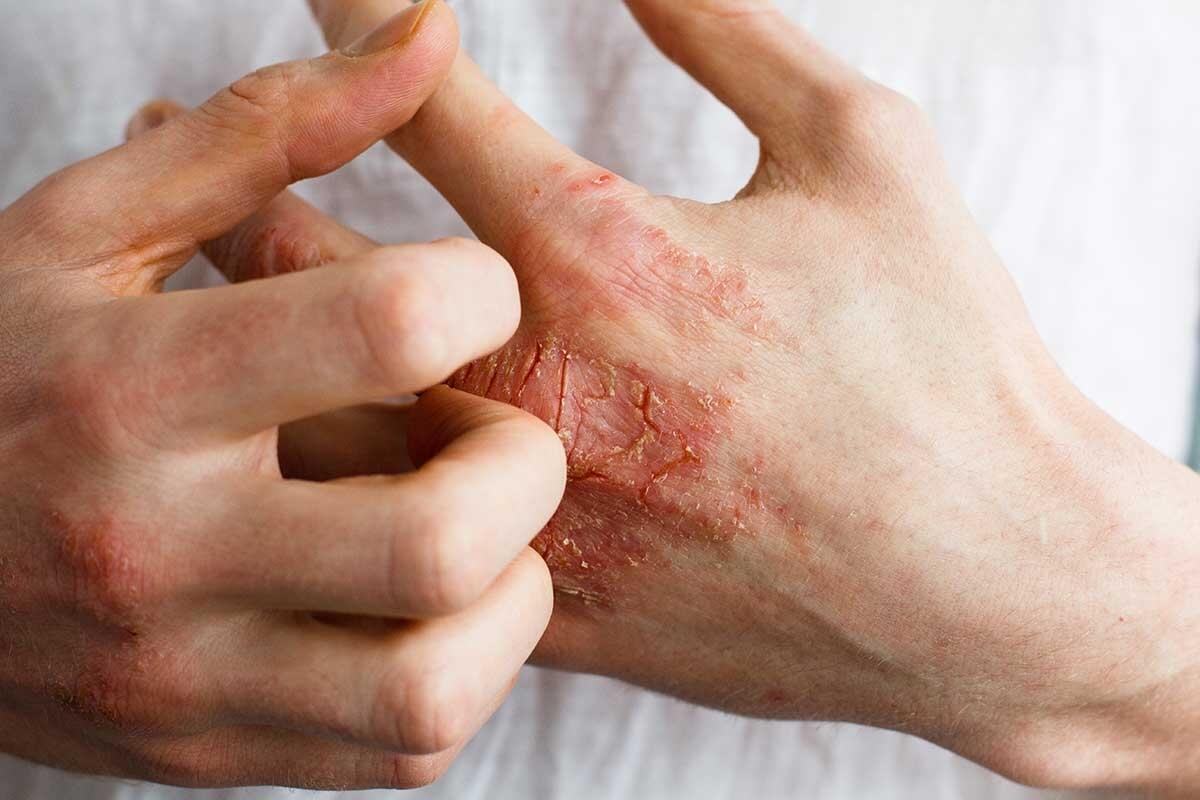Understanding Dermatitis: Contact Dermatitis and Atopic Dermatitis
Dermatitis is a common skin condition that affects millions worldwide. While it’s not contagious, it can cause significant discomfort and disrupt daily life. Two of the most prevalent forms are contact dermatitis and atopic dermatitis, each with distinct triggers, symptoms, and treatments. Understanding these conditions is essential for effective management and improved quality of life.
In this article, we’ll explore the causes, symptoms, and treatment options for these types of dermatitis. At Clinic Consultation, our dermatology specialists provide personalized care to help patients achieve healthier, more comfortable skin.
What is Contact Dermatitis?
Contact dermatitis occurs when the skin reacts to a specific substance, either through irritation or an allergic response. Irritants like soaps, detergents, and cleaning products can trigger the condition, as can allergens such as nickel, latex, or certain fragrances.
Symptoms typically include redness, itching, and swelling in the area of contact. In more severe cases, blisters may form, causing additional discomfort. Identifying the irritant or allergen is key to managing contact dermatitis effectively. At Clinic Consultation, we offer patch testing to determine the exact cause and provide guidance on avoiding future reactions.
What is Atopic Dermatitis?
Atopic dermatitis, or eczema, is a chronic skin condition that often begins in childhood but can persist into adulthood. It is influenced by genetic and environmental factors and is frequently associated with other allergic conditions, such as asthma or hay fever.
This condition causes dry, itchy, and inflamed skin that can crack and become infected if left untreated. Triggers include harsh weather, allergens, and stress. At Clinic Consultation, we create individualized care plans to help patients manage flare-ups and minimize discomfort.
Key Differences Between Contact and Atopic Dermatitis
Although both forms of dermatitis cause skin irritation, they differ significantly. Contact dermatitis is caused by direct exposure to a substance, while atopic dermatitis stems from a combination of genetic predisposition and environmental factors. Additionally, contact dermatitis is often localized to the area of exposure, whereas atopic dermatitis can affect broader regions of the body.
Recognizing these differences is crucial for accurate diagnosis and treatment. At Clinic Consultation, our team works to distinguish between these conditions and design tailored treatments for optimal skin health.
Treatments for Dermatitis
1. Topical Treatments
Corticosteroid creams and ointments are commonly used to reduce inflammation and alleviate itching. For atopic dermatitis, emollients and specialized moisturizers help restore the skin barrier and retain hydration. For contact dermatitis, treatment also includes avoiding the identified irritant or allergen.
At Clinic Consultation, we prescribe appropriate topical treatments based on individual needs to ensure effective symptom relief.
2. Systemic Medications
In severe cases, oral medications like antihistamines or immunosuppressants may be necessary to manage symptoms and prevent complications. These medications are particularly useful for patients with widespread or persistent dermatitis.
Our dermatologists at Clinic Consultation closely monitor patients undergoing systemic treatments to ensure safety and effectiveness.
Long-Term Management and Prevention
Preventing dermatitis flare-ups is as important as treating the symptoms. Simple measures such as using gentle, fragrance-free skincare products, keeping the skin moisturized, and avoiding known irritants can significantly reduce the frequency of episodes. For atopic dermatitis, therapies like phototherapy may also help manage severe cases.
At Clinic Consultation, we provide comprehensive care plans that combine medical treatments with preventive strategies to support long-term skin health.
When to Seek Professional Help
If dermatitis symptoms persist despite self-care measures or interfere with daily life, it’s essential to seek medical attention. Professional evaluation can help prevent complications, such as infections, and improve the effectiveness of treatment.
At Clinic Consultation, our experts are equipped with the knowledge and tools to provide accurate diagnoses and effective management strategies, ensuring healthier and more resilient skin.
Conclusion
Dermatitis, whether contact or atopic, can be challenging to manage, but with the right care and guidance, relief is possible. Understanding the causes, recognizing the symptoms, and seeking professional help are critical steps toward achieving better skin health. If you’re dealing with dermatitis, contact Clinic Consultation for expert care tailored to your needs.
